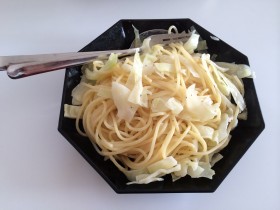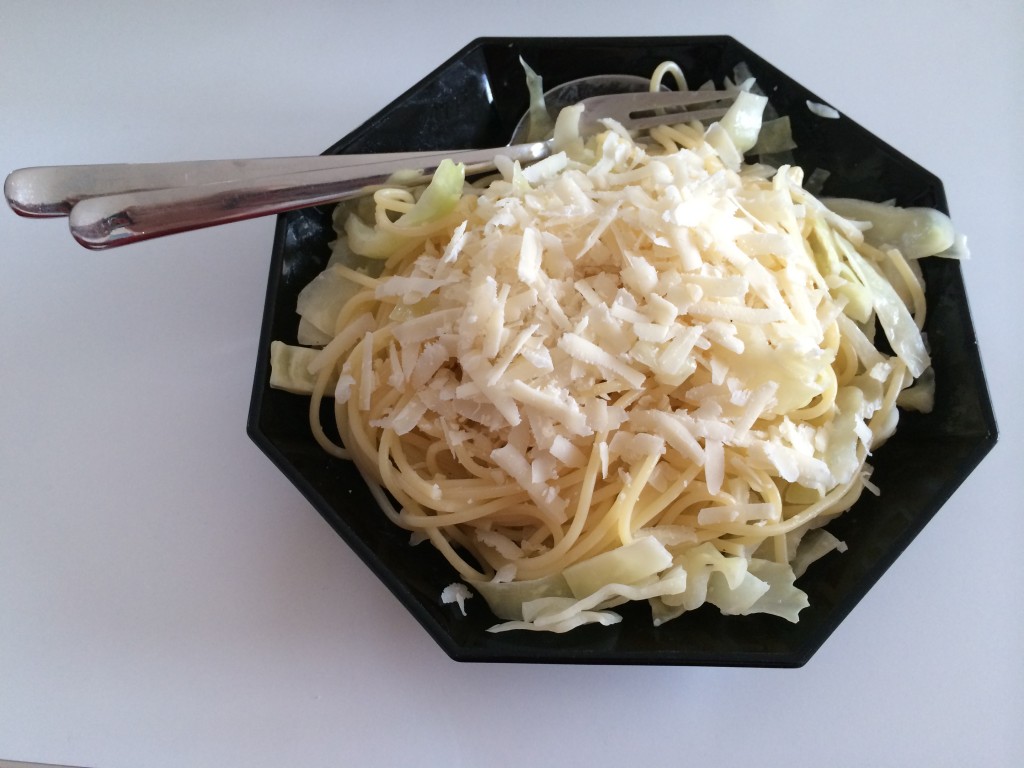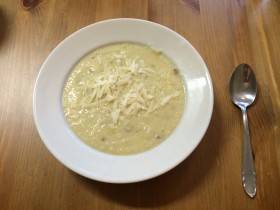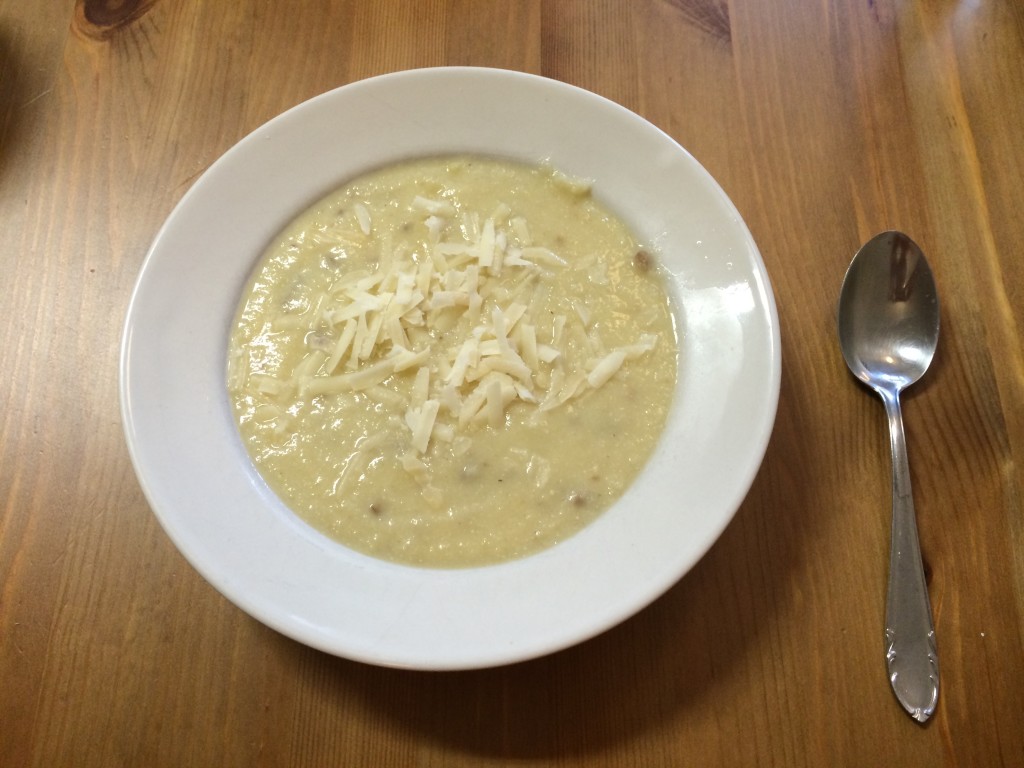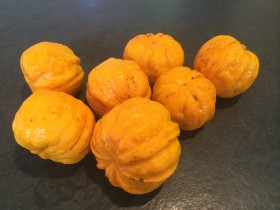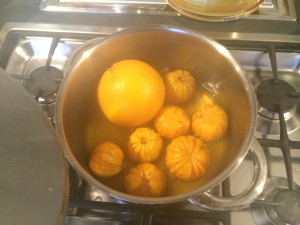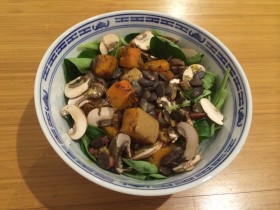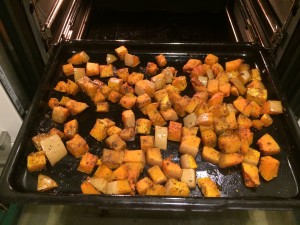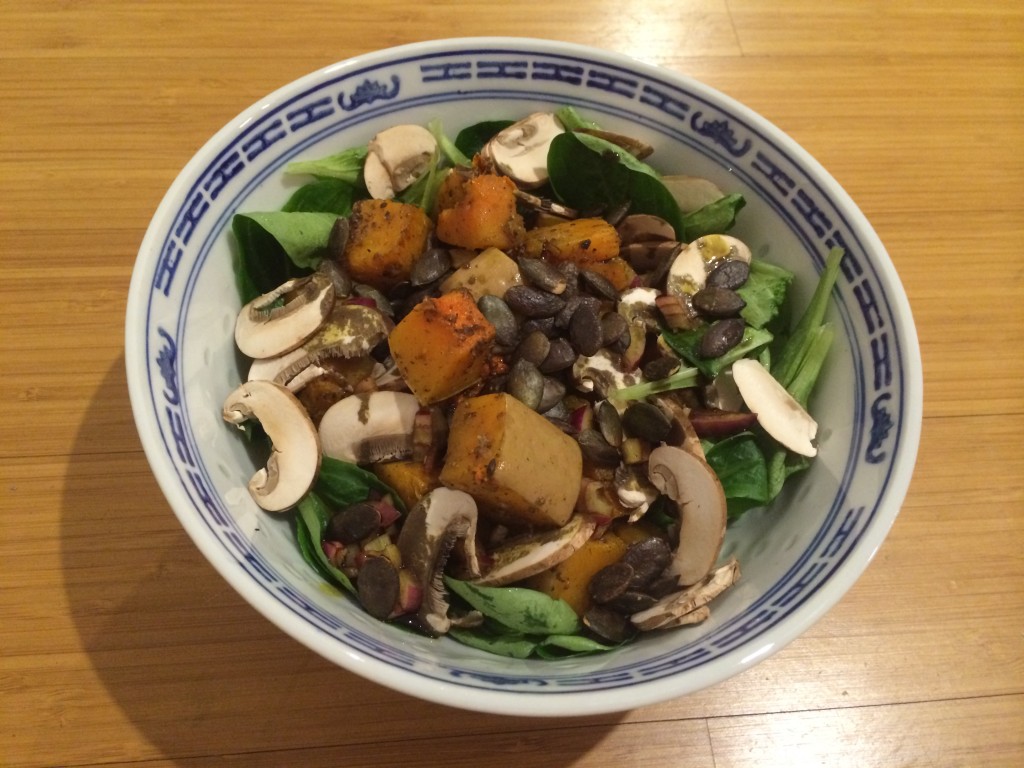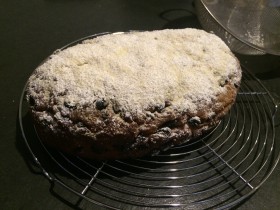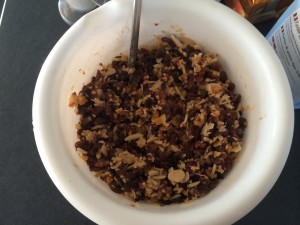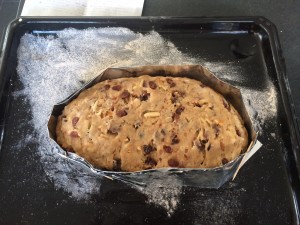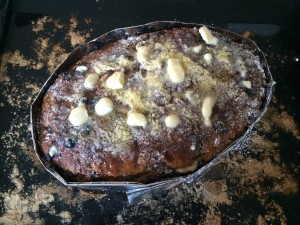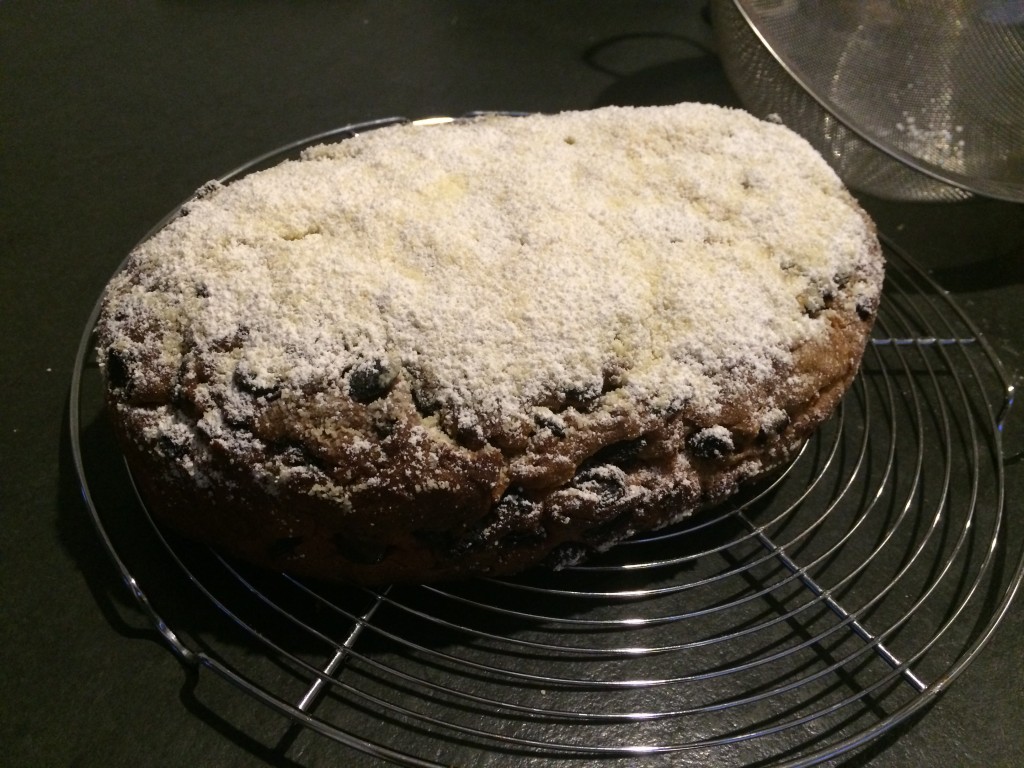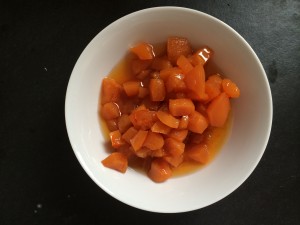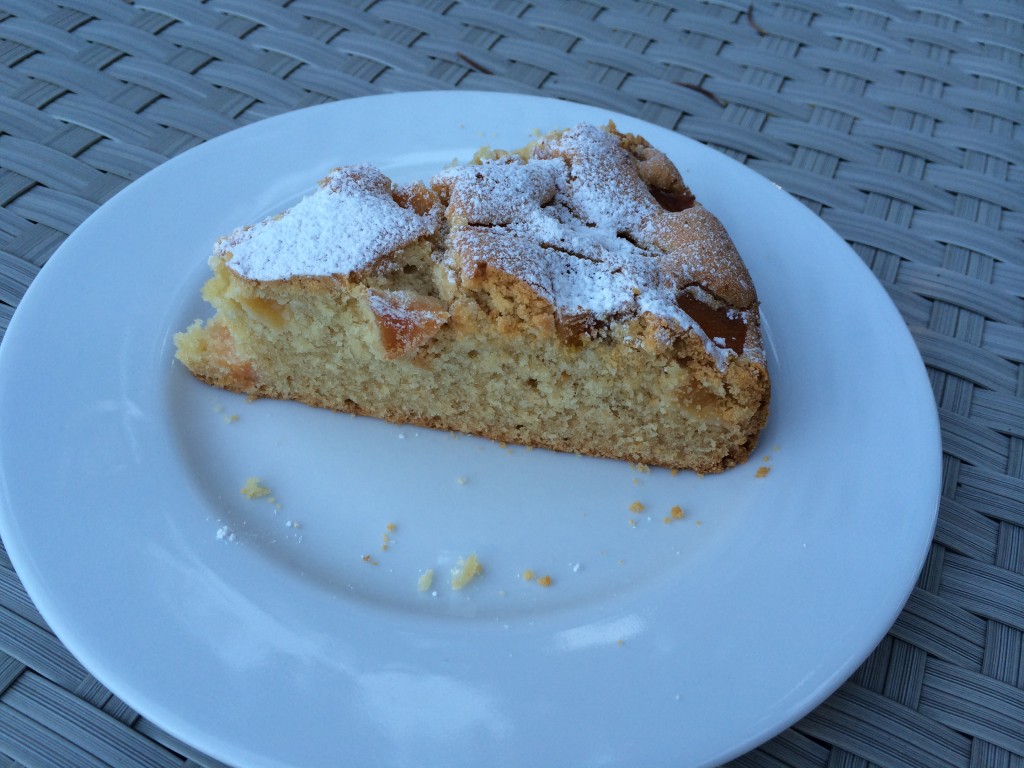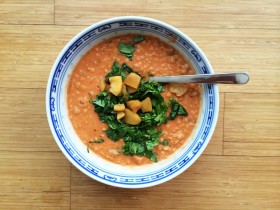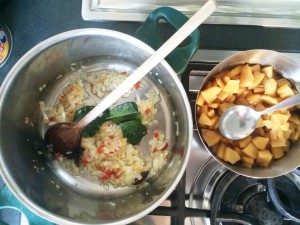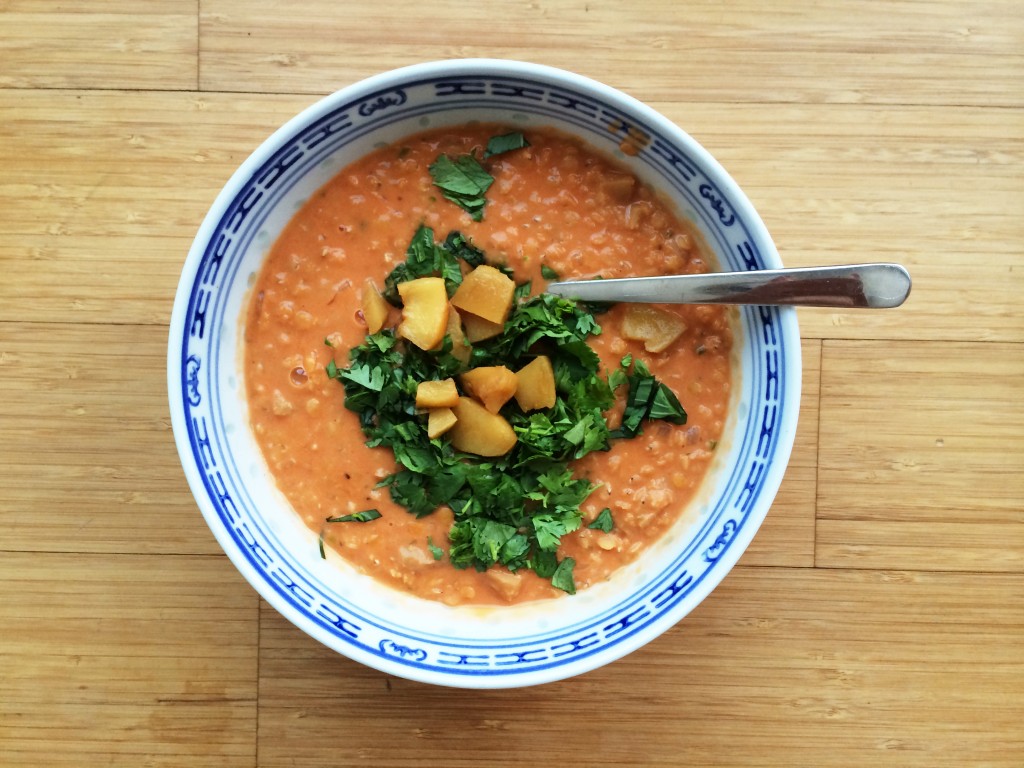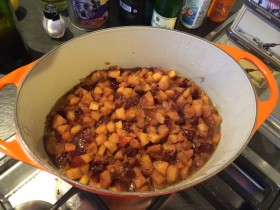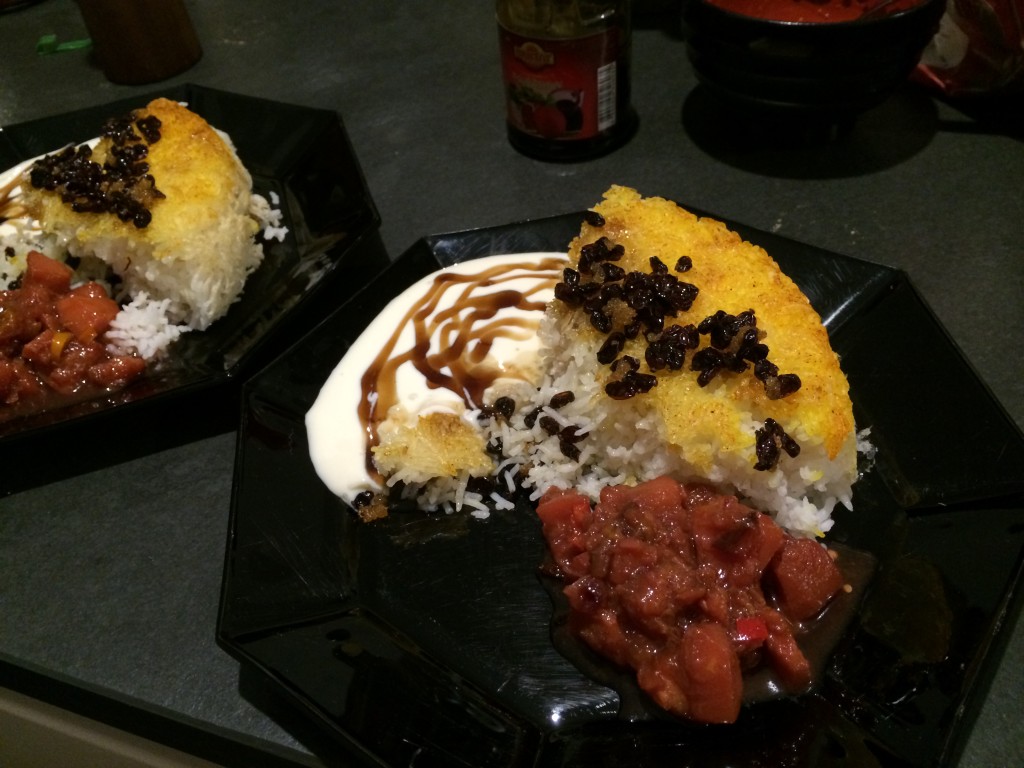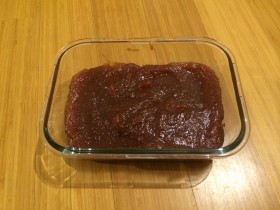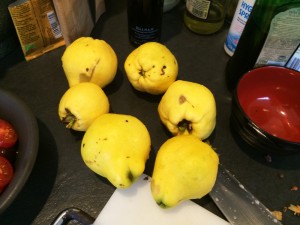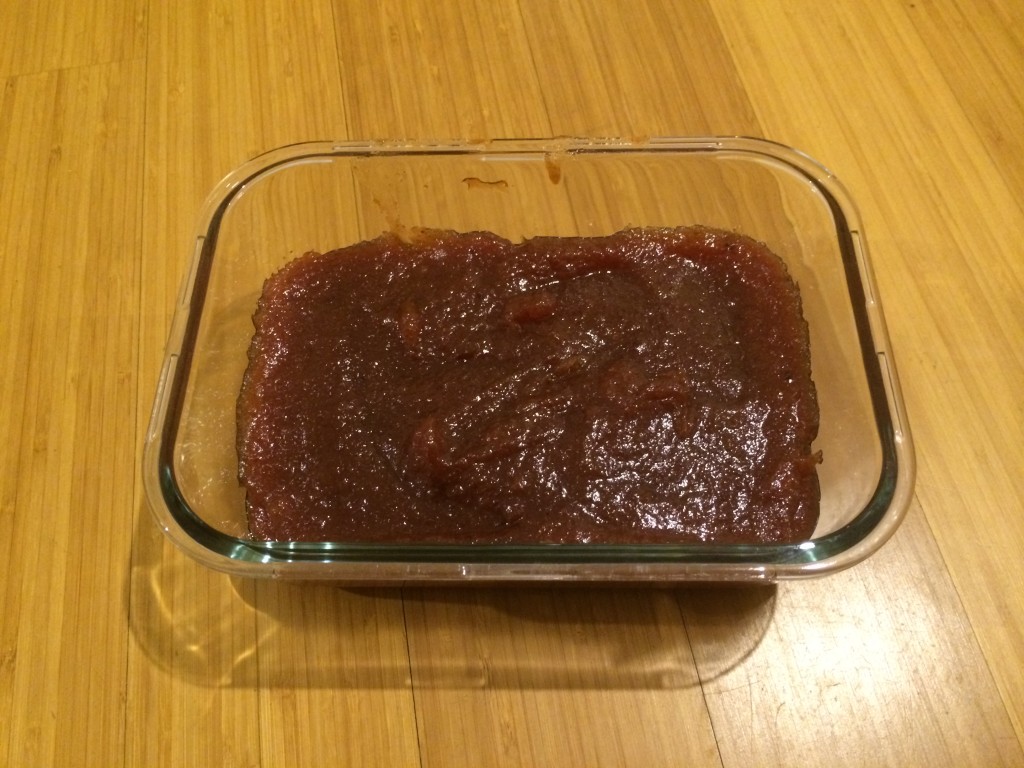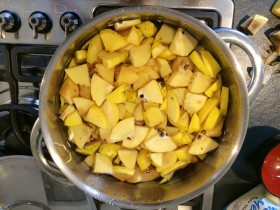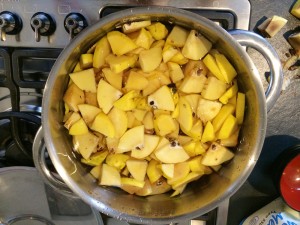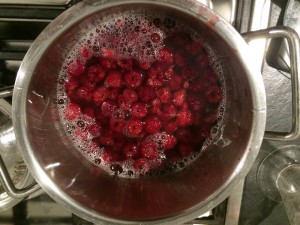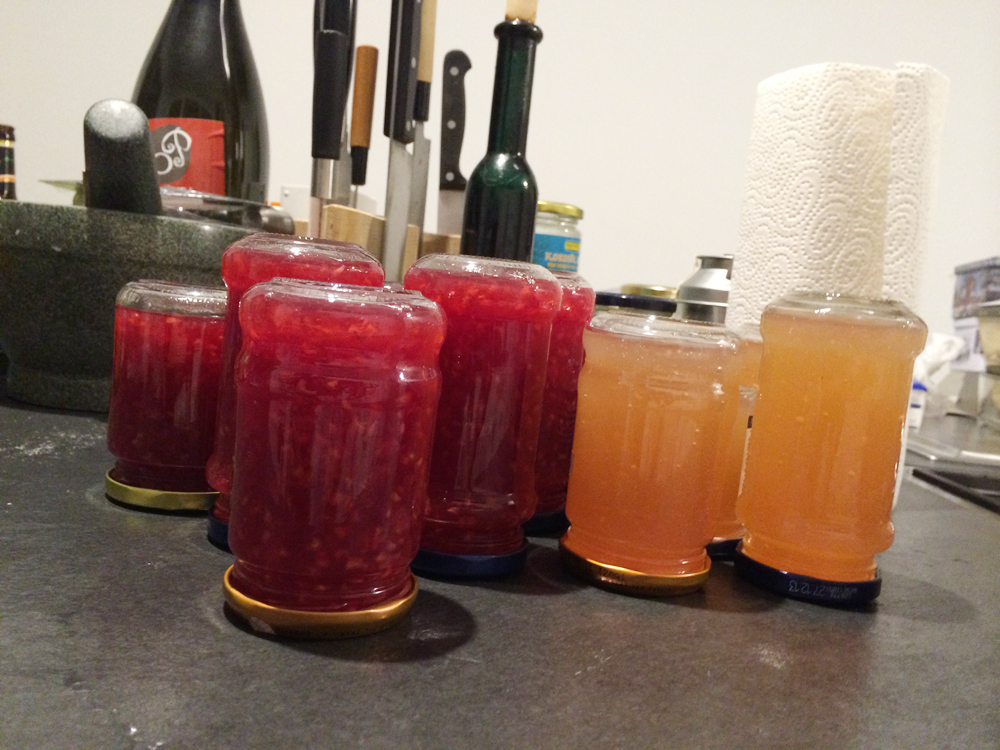Congrats, you read this posts title and still clicked on it to read the recipe! Great!
I spent some time trying to come up with a better name for this recipe, because it is surprisingly tasty. Up until now I don’t have a good idea, if you have one, please let me know :-)
This dish is again a result of my organic delivery box (Bio Kiste in german, I don’t know how to translate properly, comes once a week with regional, organic fruit and vegetables).
I am always amazed about how much cabbage is in this box.
Even in summer. You would think, no one grows cabbage in summer, anything else grows in summer, no need to plant cabbage. But yeah, somebody does, and there it is, in my box.
I cannot recall how we first came up with the idea to pair pasta and cabbage, but when we did, we liked the result very much. It is the perfect office lunch. Only a few ingredients and quickly made.
Ingredients
- 500 g spaghetti
- 1/2 head white cabbage (if it is a small head, use the whole)
- 200 ml cream (oat or spelt works nicely)
- 200 ml white wine
- 2 tbsp butter/margarine
- nutmeg, salt & pepper
- parmesam (optional)
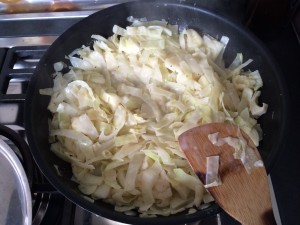 Put a big pot with water on the stove and bring to a boil.
Put a big pot with water on the stove and bring to a boil.
Halve the cabbage, and put the unused half in the fridge.
Remove the outer leaves and cut the cabbage again in halve or in quarters, depending on it’s size. Remove the stalk and slice the cabbage in approx. 1 cm slices.
Melt the butter/margarine in a pan, add the cabbage and steam for a couple of minutes. Season to taste with pepper, salt and the nutmeg.
Now the water should be boiling, add 1 tsp of salt and the pasta. Cook according to packet instructions.
Pour the cream and the white wine into the pan with the cabbage and mix well.
Take 1/2 cup of pasta boiling water an add to the cabbage, check the seasoning and let reduce a little bit. It is important, that the cabbage still has some bite, and is not overcooked.
Drain the pasta and arrange everything nicely on the plates. Sprinkle some parmesan on top if you like.
